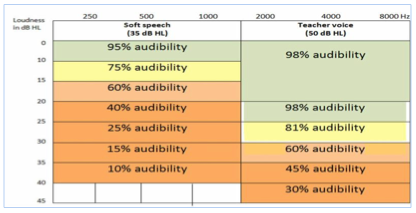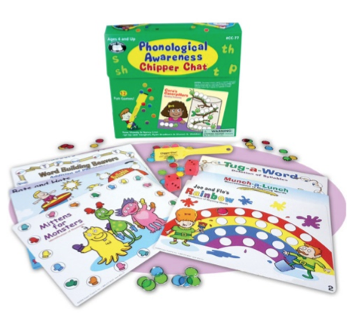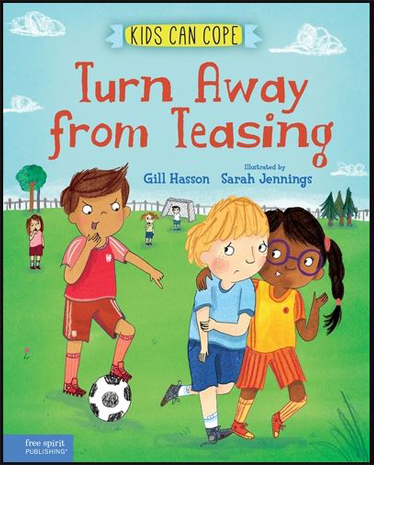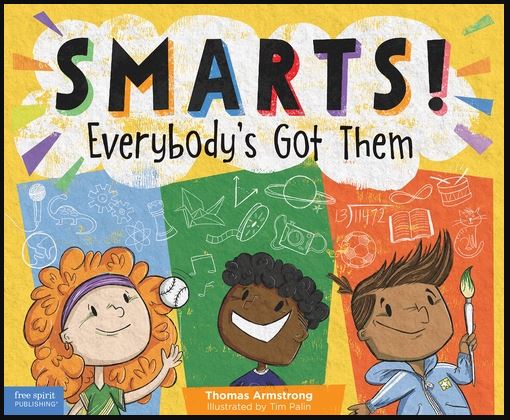Related Products
For Parents
Related Teacher Tools Takeout Items
Speech Perception, the listening bubble, and impact on learning
For most classroom communication students who are hard of hearing must work harder to listen, thus having fewer resources needed to process what was said so that it can be comprehended and remembered.

Our students who are Deaf and communicate visually will only perceive what is provided via their interpreter and/or captioning, which in combination with language ability may or may not result in complete understanding.
How well a student is able to perceive speech in a classroom will impact educational performance. This Update will review how reduced speech perception is likely to impact learning. These impacts are often overlooked or misunderstood by school staff as they review whether it is necessary to evaluate a student with hearing loss to determine eligibility for specialized supports and services. Hopefully, the information mentioned below will provide the hearing loss professional with the information needed to make the case that this access issue indeed has educational ramifications.
Hard of Hearing Students – comprehension from bits and pieces
Audibility refers to how much sound, especially how much of the speech signal, can be heard. How well language can be used to ‘fill in the blanks’, level of interest and motivation to understand, and level of fatigue from extended listening all contribute to how well a student comprehends what was said.
Audibility
The Speech Audibility Audiogram for Classroom Listening, on the Speech Perception page of the website, shows the difference in audibility for ‘Teacher Speech’ versus ‘Soft Speech.’ Examples of soft speech include comments from peers spoken 6 or more feet away (class discussion) and many of the comments during social situations in school. Group learning when competing conversations are occurring also reduces audibility very significantly. A student with hearing levels in the 25-30 dB range will experience 81% audibility of the teacher’s voice and only 25% audibility of soft speech. This hearing level is not uncommon for children wearing hearing aids. Obviously, hearing aids are not enough to allow these students to fully access class communication, especially class discussions, unless an FM/DM is used and the pass around microphone is used.
Specific Speech Sounds

Decreased audibility looks different from child to child based on their hearing loss and how well their hearing aids are fit. The Speech Perception – Formant Representations for Vowels and Consonants is revealing about the challenges a child with a hearing loss that has ‘peaks and valleys’ that cause islands of hearing. In general, higher pitched consonant sounds (s, f, th, p, k, t, etc.) and brief words and endings are most easily missed, unless speech is presented within 3 feet.
Prereading
 A child needs to listen for about 20,000 hours before the brain has developed a clear idea (mental referent) of what each of the discrete speech phonemes sounds like. This requires precision hearing and is a necessary step before children can develop a consistent understanding of sound/letter relationships. It is not a surprise that many students who are deaf or hard of hearing fall behind in their phonological awareness skills. Without these skills students work harder to ‘sound out’ words as they read, which interferes with comprehension. Poor reading fluency will cause even the smartest students to read more slowly and work harder than peers. Students with hearing loss need to have an in depth assessment of their phonological awareness skills.
A child needs to listen for about 20,000 hours before the brain has developed a clear idea (mental referent) of what each of the discrete speech phonemes sounds like. This requires precision hearing and is a necessary step before children can develop a consistent understanding of sound/letter relationships. It is not a surprise that many students who are deaf or hard of hearing fall behind in their phonological awareness skills. Without these skills students work harder to ‘sound out’ words as they read, which interferes with comprehension. Poor reading fluency will cause even the smartest students to read more slowly and work harder than peers. Students with hearing loss need to have an in depth assessment of their phonological awareness skills.
Reading Comprehension
 A recent study* explored reasons why so many students with hearing loss seem to plateau in their reading achievement at the 4th grade level. They found that (1) morphologic awareness was a prerequisite to high reading test scores, (2) speech intelligibility was not correlated with language proficiency (i.e., even if a student has ‘good speech’ this does not predict good language), and (3) language proficiency (measured by the CELF-4) predicted reading achievement. Thus, speech perception has an impact on student’s hearing and learning how to interpret morphological information, such as learning the meanings such as cosmo-, mal-, bio-.
A recent study* explored reasons why so many students with hearing loss seem to plateau in their reading achievement at the 4th grade level. They found that (1) morphologic awareness was a prerequisite to high reading test scores, (2) speech intelligibility was not correlated with language proficiency (i.e., even if a student has ‘good speech’ this does not predict good language), and (3) language proficiency (measured by the CELF-4) predicted reading achievement. Thus, speech perception has an impact on student’s hearing and learning how to interpret morphological information, such as learning the meanings such as cosmo-, mal-, bio-.
*Nielsen, D. C, Luetke, B., McLean, M., & Stryker, D. (2016). The English-language and reading achievement of a cohort of deaf students speaking and signing Standard English: A preliminary study. American Annals of the Deaf, 161(3), 342-368.



